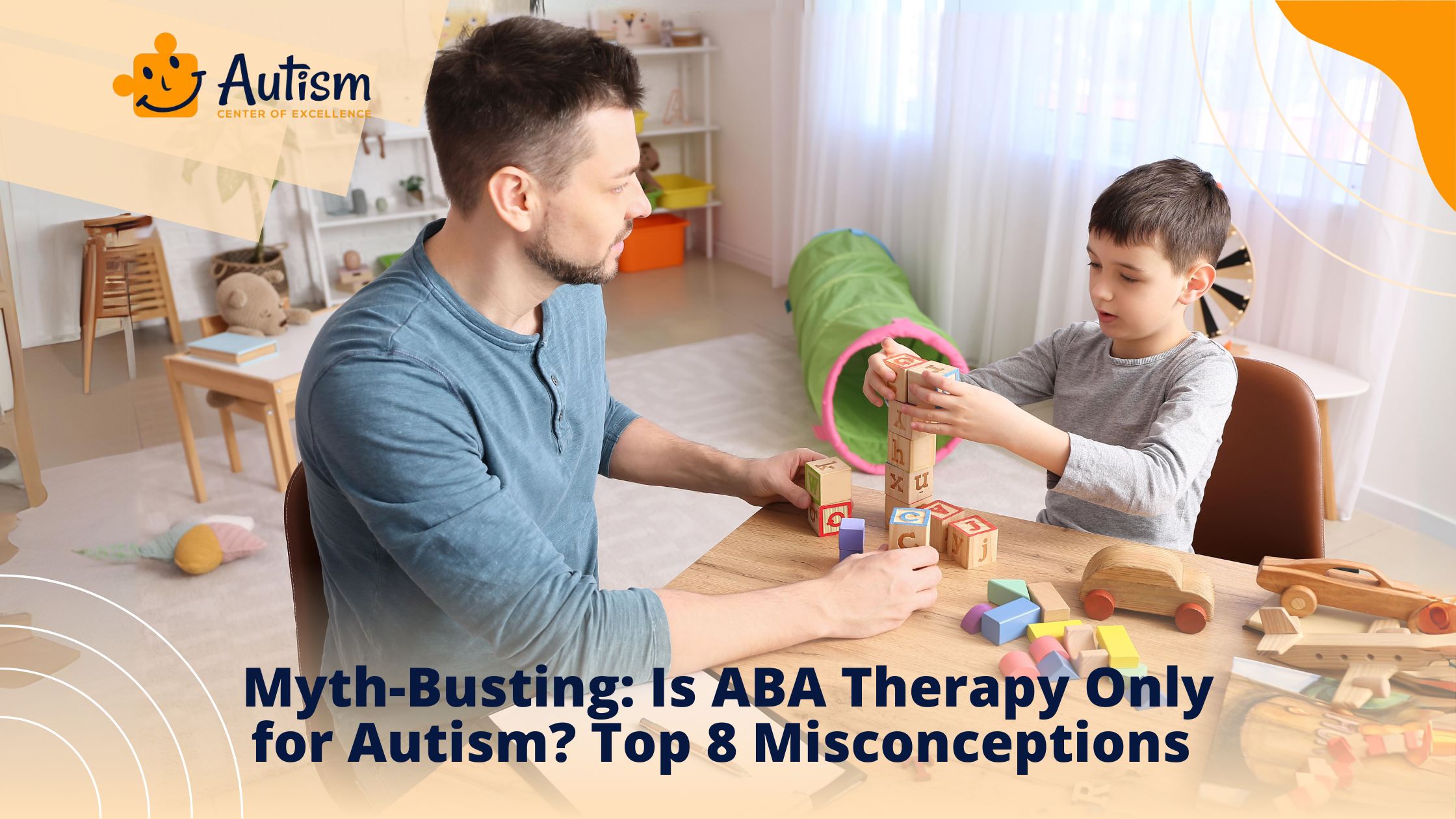The Applied Behavior Analysis (ABA) approach is aimed at helping the children’s and adults who experience some challenges in different domains of their lives and giving them hope and real improvement for every families facing these challenges.
ABA therapy which is well known for its efficiency in the cases with autism allows the treatment of a wider range of disorders. In addition to autism, ABA can be used to treat ADD/ADHD, anxiety disorders, learning disability, substance abuse, and other development disorders. Such flexibility has made ABA very useful for many people, including those who do not have any disorder diagnosed in them.
ABA is based on the observation of why and how specific behaviors occur as well as how people respond to various consequences. From this perspective, specific interventions can be formulated to enhance general functioning at both the personal and the environmental levels. For instance, parents can also use applied behavior analysis or ABA to improve the decision making and problem solving of their children. Scientists, for instance, might use ABA to expand on what they already know or discover new information Scientists, for instance, might use ABA Educators, for instance, might use ABA to administer new knowledge or information to their students.
Advantage of ABA is that it is versatile in addressing various requirements and experiences of people. It is this flexibility that has made it possible to develop solutions that if properly implemented will yield positive results. But there is a principle that needs to be remembered when it comes to ABA – not everyone will respond in a similar manner and not everyone will benefit from it. Therefore, seeking advice from a proficient specialist is highly advisable before starting any ABA-based treatment.
Top 8 Misconceptions
Applied Behavior Analysis (ABA) therapy is widely recognized for its effectiveness in assisting individuals with autism. However, the question often arises: is ABA therapy only for autism?

Myth 1: ABA Therapy Is Only Prescribed by Doctors for Severe Cases
Some doctors and healthcare professionals might think ABA therapy is only for severe cases of developmental disorders and it’s only for autism. However, substantial literature shows that ABA can manage numerous developmental disorders at varying severity levels. This versatile therapy helps treat behaviors and skills ranging from fundamental communication and social interactions to higher-level adaptive behaviors. Therefore, ABA is not just for severe cases; it can be adapted to meet different needs and improve the quality of life for many individuals.
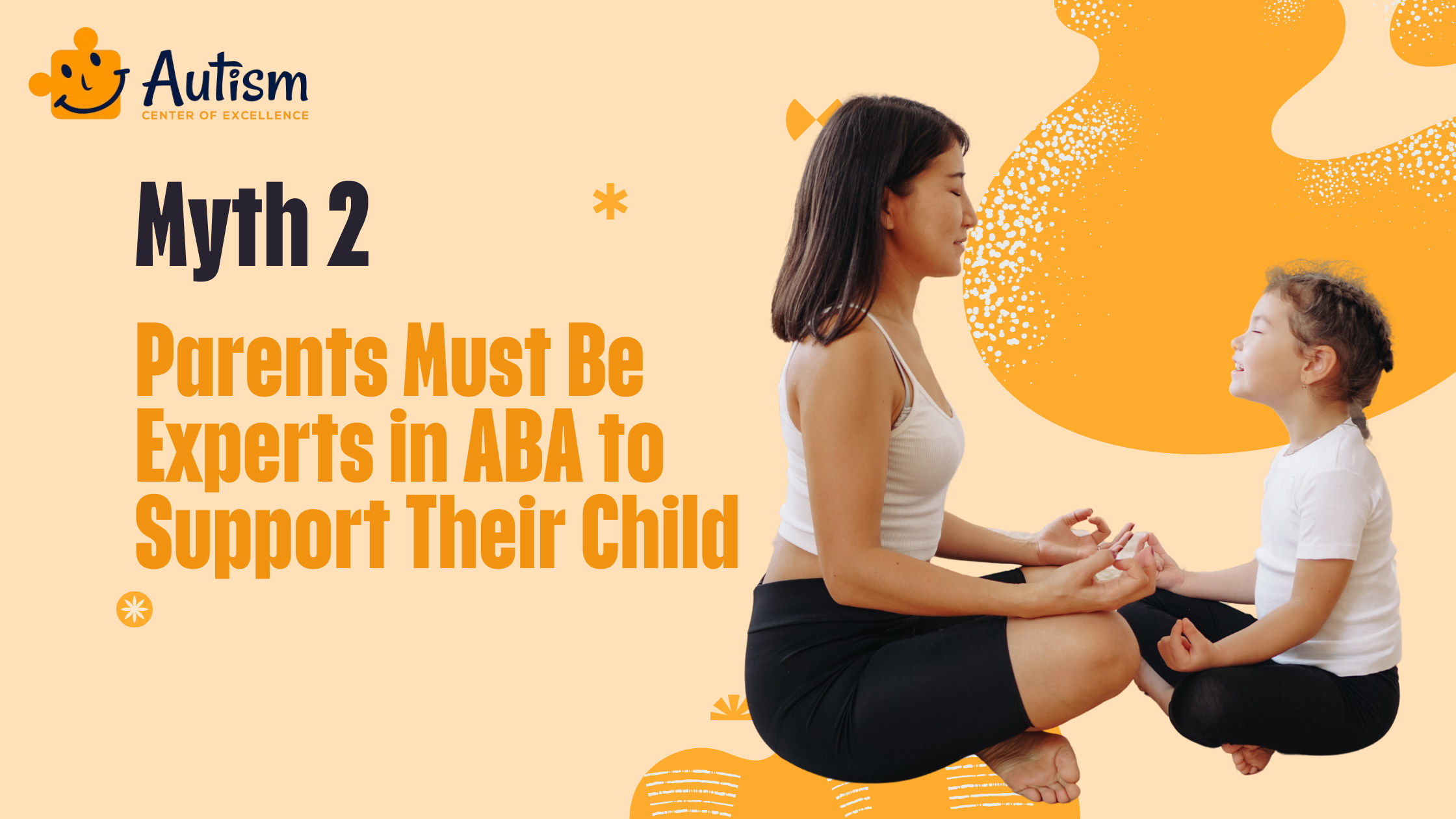
Myth 2: Parents Must Be Experts in ABA to Support Their Child
Many parents may feel inadequate when supporting their child with ABA therapy. Parents often believe that providing this support requires intensive training and is ABA therapy only for children with autism. However, ABA therapists are there to guide and equip parents with the necessary knowledge and methods. Parents don’t need to become experts; therapists provide easy-to-follow strategies that fit into daily routines. This support ensures parents can confidently and accessibly contribute to their child’s progress, fostering a positive learning environment. With the right guidance, parents can play a pivotal role in their child’s development without feeling overwhelmed.
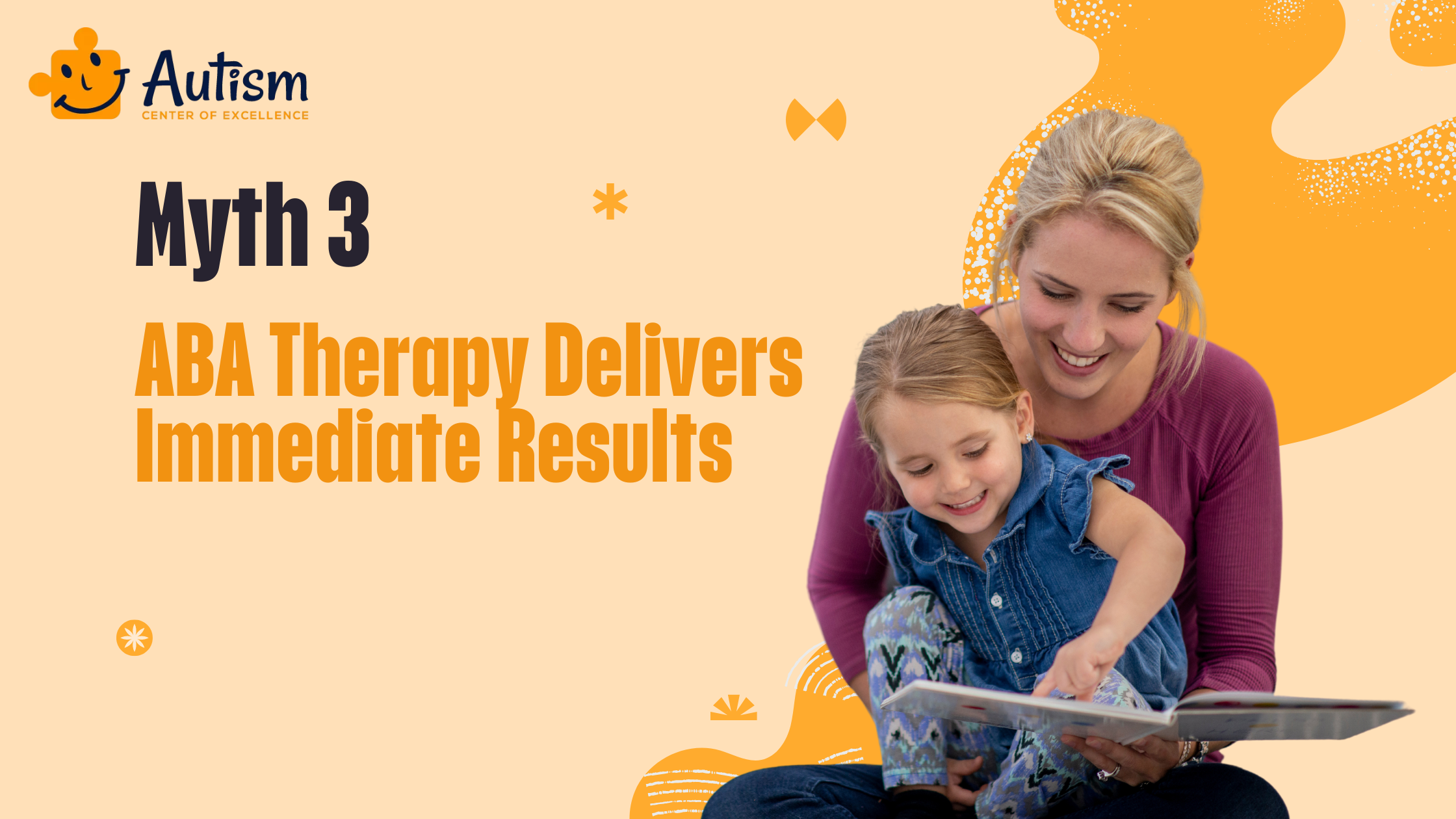
Myth 3: ABA Therapy Delivers Immediate Results
Some parents might expect dramatic effects from ABA therapy right away. However, while ABA therapy is a highly effective behavior modification technique, it is one that requires consistent effort and time to achieve significant changes. The process involves a gradual and systematic approach. Real, lasting improvements typically take longer than just a few weeks or months. Patience and perseverance are key, and over time, parents can expect meaningful progress in their child’s development. The journey may be long, but the outcomes are well worth the dedicated effort.
Join Our Weekly Newsletters!
Subscribe now to stay updated with our latest email updates.
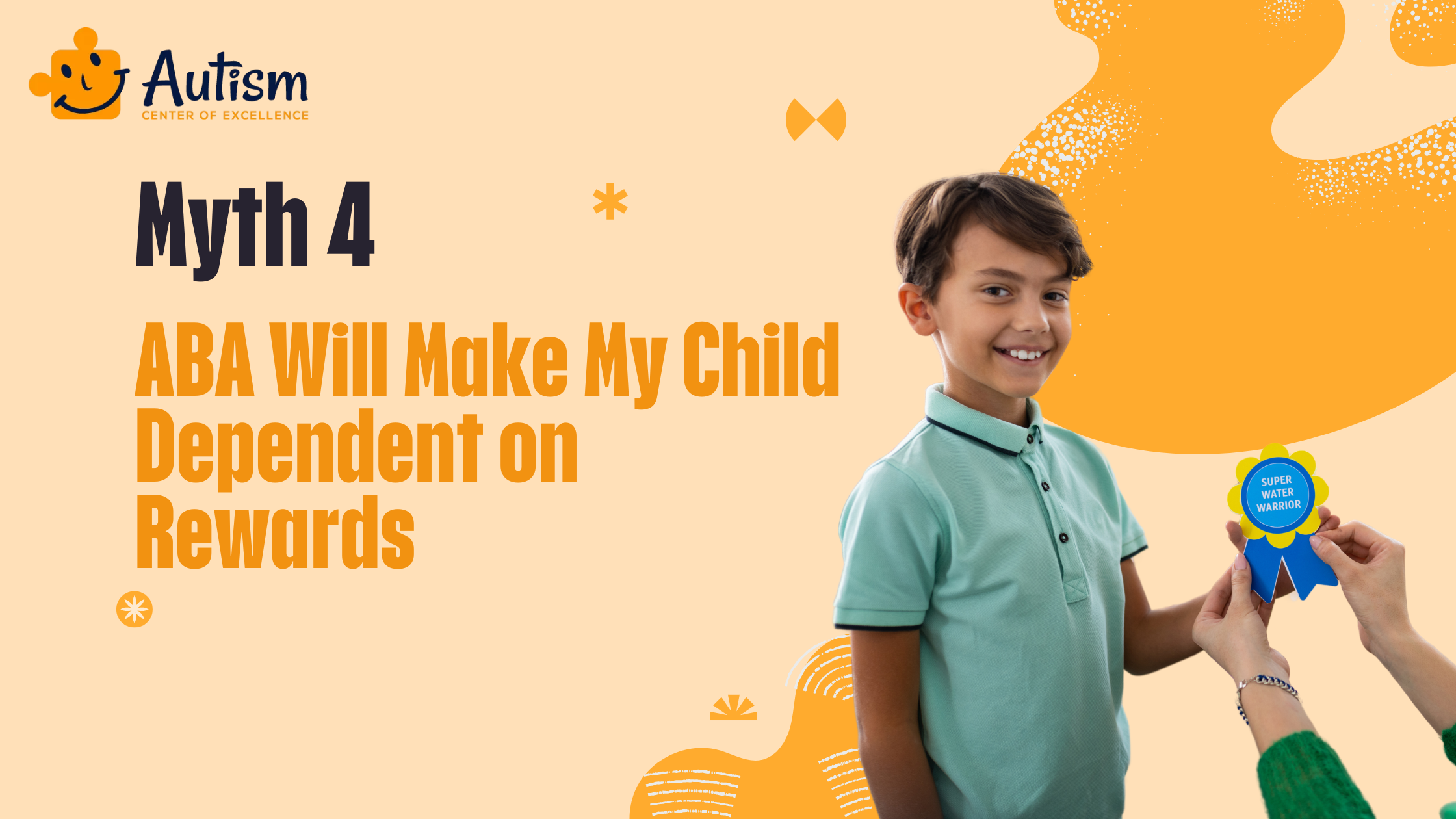
Myth 4: ABA Will Make My Child Dependent on Rewards
Family members, including grandparents, might worry that children will become dependent on rewards given during ABA sessions. However, ABA therapy uses positive reinforcement to shape desirable behaviors, with the goal of gradually reducing rewards as the child internalizes these behaviors. Over time, the focus shifts to fostering independence and self-motivation. This strategic approach ensures that while rewards are an initial learning tool, they are not a permanent crutch. By trusting the expertise of ABA therapists, families can feel confident that the aim is to support the child’s growth towards independence and self-sufficiency.

Myth 5: ABA Is Only Effective for Young Children
A common misconception is that Applied Behavior Analysis (ABA) therapy is only beneficial for young children. While early intervention is crucial, it’s a misconception that ABA is only effective for young children. ABA’s principles can be adapted to benefit individuals of all ages, including adolescents and adults. Whether developing job skills, enhancing social interactions, or managing daily living tasks, ABA provides valuable tools for individuals at any age.
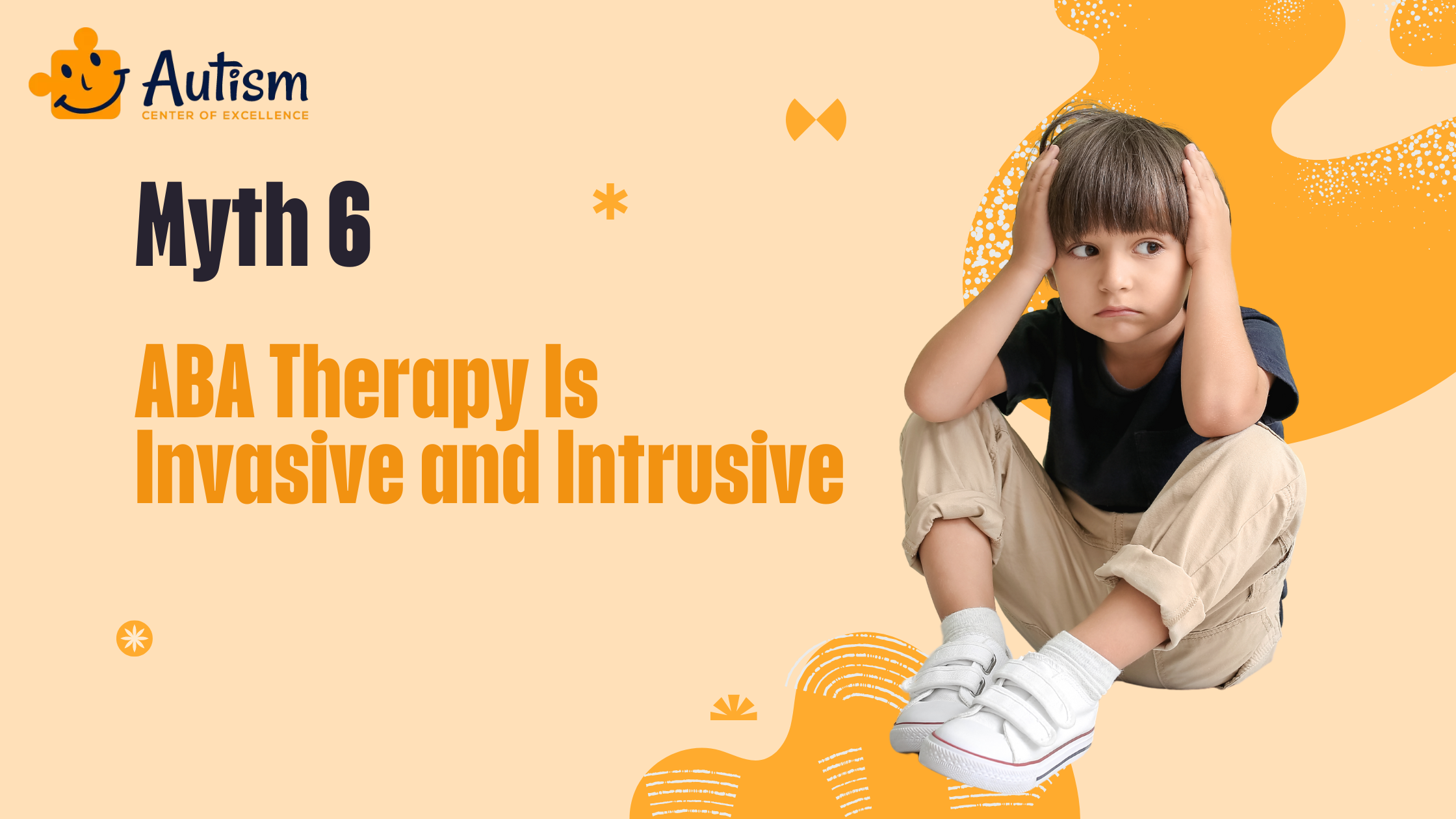
Myth 6: ABA Therapy Is Invasive and Intrusive
Many individuals mistakenly believe that ABA therapy involves invasive methods. On the contrary, ABA focuses on positive and ethical interventions tailored to support each individual’s unique needs and promote positive behavior changes. Methods such as positive reinforcement are employed to promote desirable behaviors in a safe and noninvasive manner.
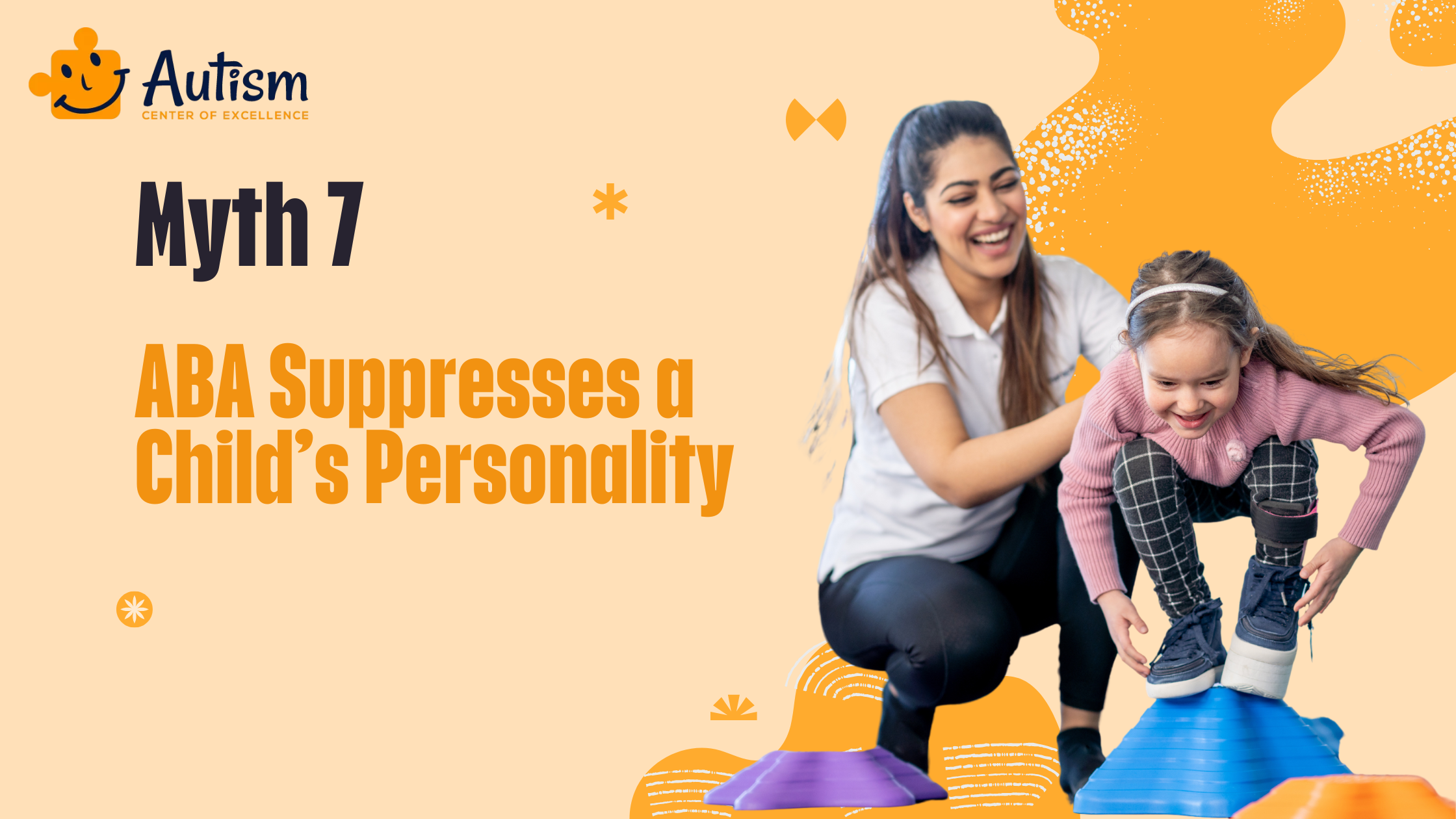
Myth 7: ABA Suppresses a Child’s Personality
One common myth about Applied Behavior Analysis (ABA) therapy is that it suppresses a child’s personality. This misconception often stems from the fear that a child undergoing ABA therapy will lose their individuality. However, this is far from the truth. ABA therapy is designed to enhance a child’s individual strengths and skills, not to suppress who they are. By focusing on personalized interventions, ABA therapists work to bring out the best in each child, helping them to navigate their world more effectively. This holistic approach ensures that each child’s unique personality is respected and nurtured, rather than diminished.
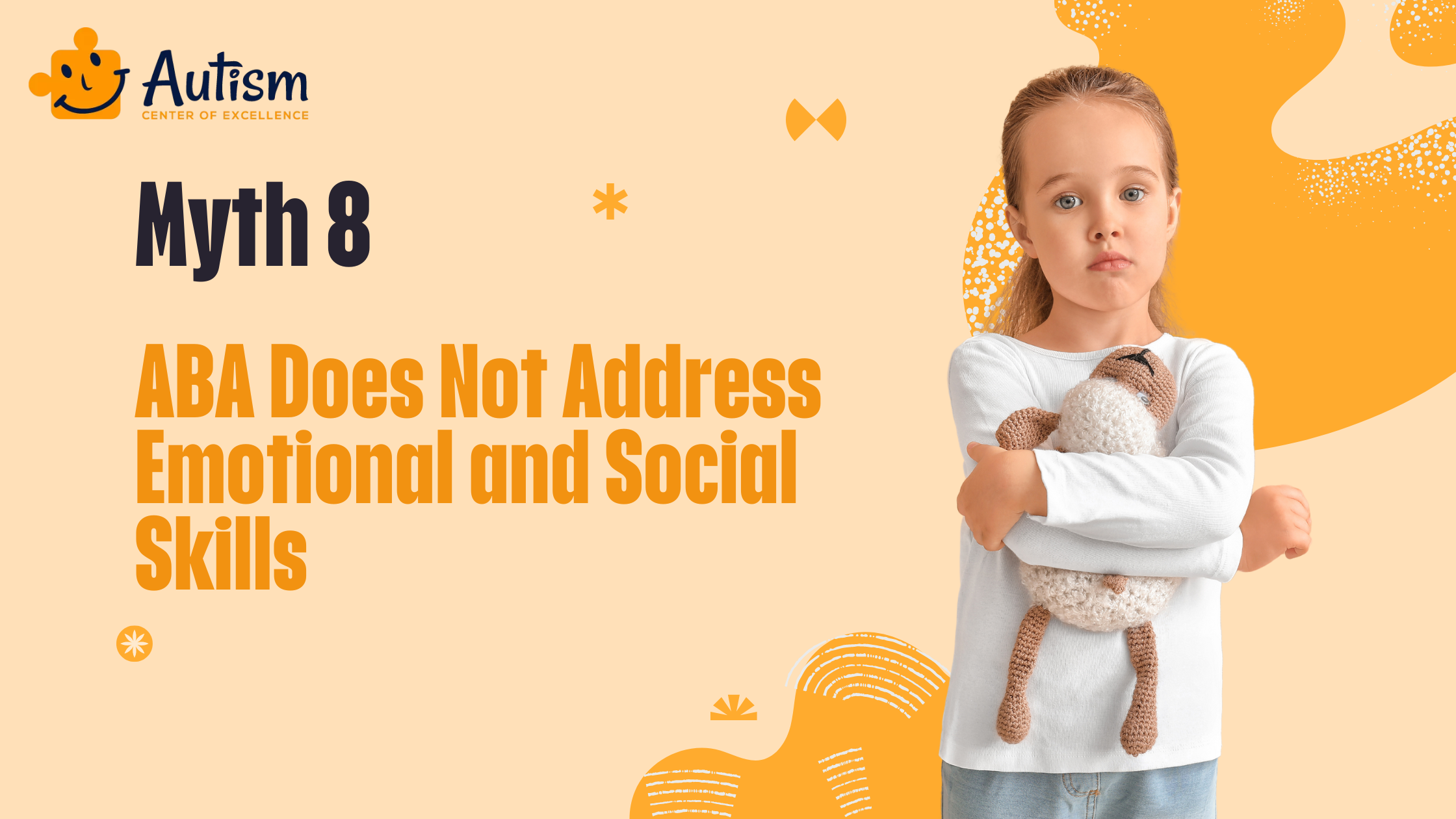
Myth 8: ABA Does Not Address Emotional and Social Skills
A common myth about ABA therapy is that it only focuses on behavior and neglects emotional and social skills. In reality, ABA adopts a comprehensive approach, enhancing emotional and social growth alongside behavioral improvements. Therapists use personalized plans to help children develop empathy, social interactions, and emotional regulation.
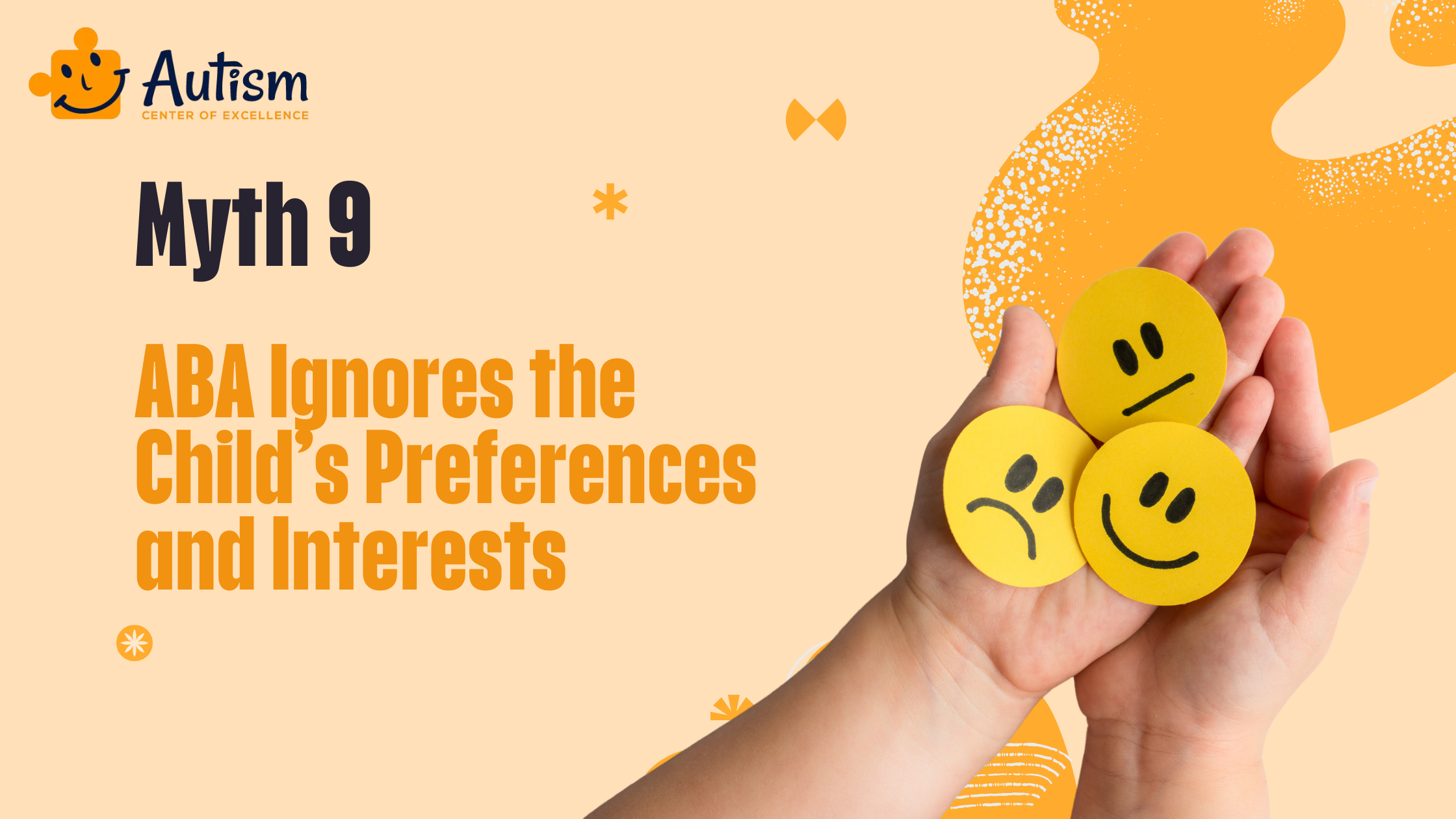
Myth 9: ABA Ignores the Child’s Preferences and Interests
Another prevalent myth about ABA therapy is that it overlooks a child’s preferences and interests, leading to concerns about personal uniqueness. Actually, ABA therapy integrates these preferences into personalized plans, creating engaging interventions that resonate with the child.
Frequently Asked Questions & Answers
Is ABA Therapy Suitable for All Ages?
While early intervention is highly beneficial, ABA therapy is not age restricted. Adolescents and adults can also benefit from ABA techniques tailored to their unique needs. Whether it’s improving social skills, enhancing communication, or fostering greater independence, ABA therapy’s flexibility allows it to be effective across different age groups.
How Can Open Dialogue and Continued Education About ABA Therapy Help?
Open dialogue and continued education are essential in dispelling myths and fostering a better understanding of ABA therapy’s potential. By educating families and professionals, we can create a more supportive environment for individuals who can benefit from ABA therapy. This empowerment allows for informed decision-making and better outcomes.
How Is Progress Measured in ABA Therapy?
Progress in ABA therapy is measured through continuous data collection and analysis. Therapists track specific behaviors and skills to evaluate the effectiveness of interventions. Regular progress reports and assessments help ensure that the therapy meets the individual’s needs and yields the desired results.
Can ABA Therapy Help with Behavioral Challenges Beyond Autism?
ABA therapy is not limited to supporting individuals with autism. It can aid those with a range of developmental and behavioral issues. By focusing on improving communication, social interactions, and daily living skills, ABA therapy offers a structured approach to addressing various challenges. This adaptability makes it a valuable tool for enhancing the quality of life for many individuals.
Conclusion
Understanding and addressing the myths surrounding Applied Behavior Analysis (ABA) therapy is crucial for its acceptance and effectiveness. Contrary to common misconceptions, ABA is not only for autism; it is a versatile and evidence-based approach that benefits individuals with various developmental and behavioral challenges. By debunking myths like “is ABA therapy only for autism” or “is ABA only for autism,” we can foster a clearer understanding of ABA’s potential to improve many lives, not just those on the autism spectrum.
ABA therapy is highly individualized, focusing on the unique needs and strengths of each person, making it effective for a wide range of behaviors and skills. Families play a vital role in the success of ABA therapy, supporting progress with the guidance of trained therapists. Additionally, ABA therapy is adaptable for all ages, promoting independence and enhancing quality of life.
Open dialogue and continued education are essential in creating a more inclusive environment for those who can benefit from ABA therapy. If you have any questions or would like to share your experiences, please reach out. Together, we can support and advocate for the well-being and development of individuals through the transformative practice of ABA therapy.
Please Note: The content of this blog is for informational purposes only and should not be considered a substitute for professional medical advice, diagnosis, or treatment. Consult a qualified healthcare professional for personalized guidance tailored to your specific situation.

Bhavika Bhasin
Bhavika Bhasin is the Research and Marketing officer at AutismCOE. She works with children and adults with ASD. Her clinical research includes evaluating various available autism screening and diagnosis methods and their efficacy. She is currently developing a novel screening exam that is indicated to be more accurate than the existing available exams. She is also writes articles papers for various publications.


